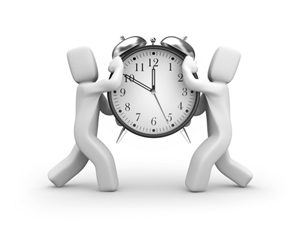-
BLOGS
-
-
This page contains some of our most recent blog articles.
To become an EAN Member where you can access all of the member resources please join here
-
< back
How to prioritise your work
Posted on 18 July 2018

A big part of an EA's role is prioritising what needs to be done, and when. It's almost a fact of life that there's never enough time in the day to get everything finished, so you need to choose what's the priority. But how do you make that choice?
Here are three tips for prioritising your work.
Do what your Executive considers important
The most obvious piece of advice that's given is "do what's most important", but there's something that's often missed - the metric for what's important needs to be your Executive's understanding of what's important, not your own. While it might be most beneficial for you to get a certain task out of the way as soon as possible, always be thinking about what most benefits your Executive, and what they would prefer you focus on.
Think both in terms of importance and urgency
Prioritising your work involves considering not only importance, but urgency too.
For example, there could be something incredibly pressing that needs to be done by the end of the day yet isn't that important, and something that's due in a week but is very consequential. It's always going to be a judgement call between what you should choose, because there's almost never a moment in an EA's working life where there's plenty of time for everything.
Chunk your day (if you can)
Sometimes it's helpful to have one list that you work off for the entire day - it's much simpler and you don't waste time planning. But where it can fall short is in efficiency. It's possible to flit between different kinds of tasks, but you may find it easier to focus in one mode of thought for a sustained period of time.
For example, you could set aside different periods of your day for creative work, for emails, for reading documents, for writing and for meetings. The key is then to prioritise within these time periods. If you allocate an hour in the morning and an hour in the afternoon for emails, for example, what are the most important things you need to tackle in each of those hours?
This can make your day a lot more manageable instead of having one giant sequential list, because there's always the risk you'll never get to the bottom. You're guaranteed to always be checking off the most important thing on your list for each kind of task, every day. Whether it's possible to do in practice is something for you to discover, but the concept behind it is valid all the same - do similar tasks in your day together.
When you manage and prioritise your work, both you and your Executive will find your days far easier to work through.
-
To view all of our blog articles, please click here